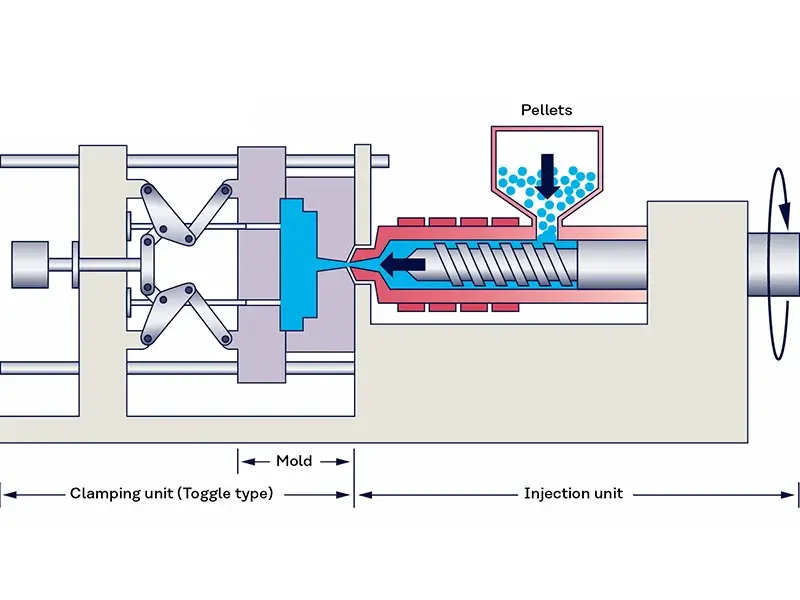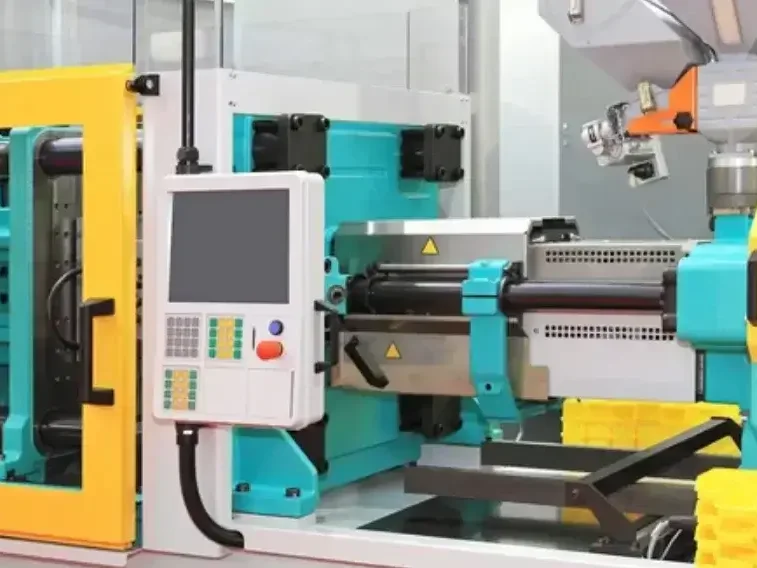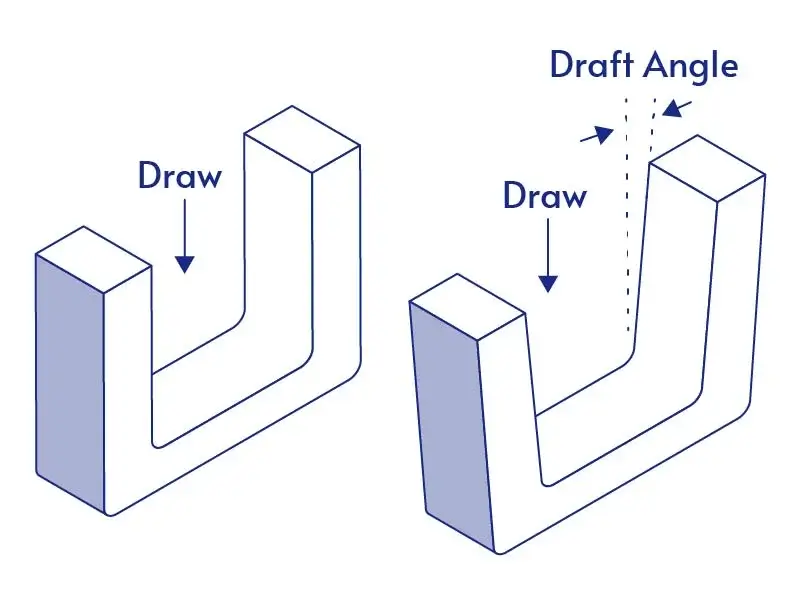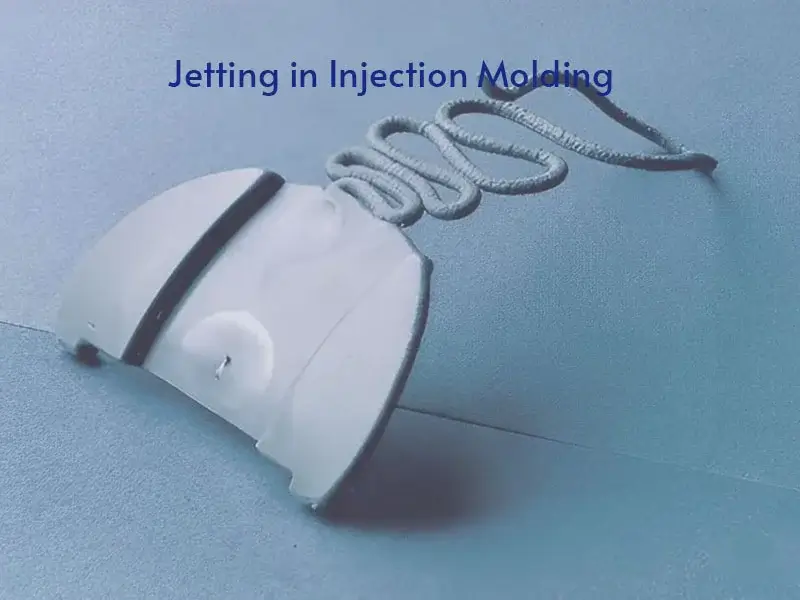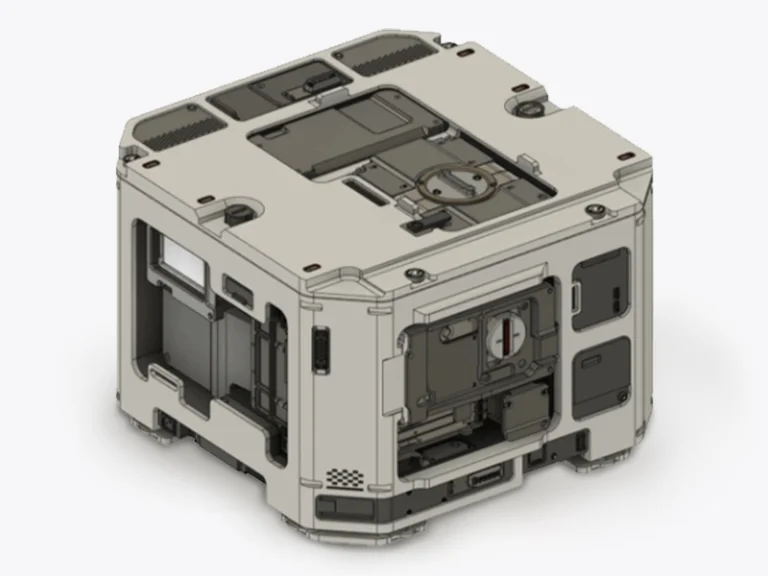The injection molding process is a cornerstone of modern manufacturing, especially when it comes to producing high-precision, high-volume plastic components at a competitive cost. From automotive parts to medical devices and consumer electronics, plastic injection molding is trusted for its consistency and scalability. However, understanding the advantages and disadvantages of injection moulding is essential for engineers, product designers, and project managers who need to determine if it’s the right fit for their specific applications. In this article, we take a closer look at the real-world advantages and disadvantages of injection molding. Whether you’re exploring custom plastic molding or scaling up production, working with a reliable plastic moulding China supplier can provide insights, competitive pricing, and manufacturing expertise to help you make smarter decisions.
What is Injection Molding?
Injection molding involves injecting molten material—typically thermoplastics, thermosets, or occasionally metals—into a precisely designed mold to create parts with intricate shapes and tight tolerances. The process begins with heating the material until it becomes molten, then forcing it into a mold cavity under high pressure. Once cooled, the mold opens, revealing a solidified part ready for use or minimal post-processing. This method is leveraging its ability to deliver consistent, high-quality results. The advantages and disadvantages of injection moulding stem from its unique injection molding process characteristics, which make it ideal for certain projects but less suitable for others. Understanding these factors is essential to harnessing the full potential of injection molding benefits while mitigating its challenges.
Advantages of Injection Molding
The injection molding process has become a preferred method in modern manufacturing for producing high volumes of plastic parts with consistent quality. Known for its speed, repeatability, and ability to create complex precision parts, plastic injection molding is used across industries like automotive, medical, and electronics. When it comes to mass production, few techniques can match its efficiency and cost-effectiveness.
Let’s take a closer look at the key advantages of injection molding and why it remains a top choice for manufacturers worldwide.
High Production Efficiency
Injection molding stands out for its ability to deliver parts at an exceptional pace. With short cycle times—often just seconds per part—it’s well-suited for large-scale manufacturing where speed and consistency matter. The use of automated systems not only reduces manual labor but also increases output, making it possible to produce thousands or even millions of identical components efficiently and with minimal oversight.
High Precision and Repeatability
Injection molding can meet very tight dimensional requirements—even complex parts can be produced with tolerances as small as ±0.005 inches. This level of accuracy is difficult to achieve with many other manufacturing processes. Once the mold is fine-tuned, it delivers part after part with the same exact measurements. That’s why it’s a trusted method in the medical and automotive industries, where even small deviations can lead to failure. On top of that, the process often produces clean surface finishes, which reduces the need for extra polishing or machining.
Wide Range of Compatible Materials
One big reason manufacturers stick with injection molding is how many different materials it supports. Whether you need tough engineering plastics, heat-resistant thermosets, or flexible elastomers, there’s probably a resin that fits the job. It’s also easy to customize performance by adding things like glass fibers for strength or UV stabilizers for outdoor use. And if a part needs both soft and hard sections, overmolding makes it possible to combine multiple materials in one shot. This flexibility makes it easier to meet both functional and aesthetic requirements.
Ability to Produce Complex Geometries
Injection molding isn’t just for simple shapes. In fact, it’s one of the best ways to mass-produce parts with tricky features like ribs, threads, snap fits, and undercuts. These features can be molded in without adding assembly steps later. You can also achieve very thin walls without compromising strength, which is great for lightweight designs. It gives designers more freedom to innovate, especially in compact products like consumer electronics or handheld medical devices.
Cost-Effectiveness for High Volumes
While the upfront cost for tooling is high, injection molding becomes very affordable when you’re producing thousands—or even millions—of units. The cost per part drops sharply as volume increases. You’re also wasting less material compared to subtractive methods, which helps control costs. This makes it ideal for large-scale production where unit price matters, like in packaging, automotive interiors, or everyday plastic goods.
Scalability and Speed to Market
Injection molding is built for scale. Once the mold is ready, it’s possible to go from prototype to full production in a short timeframe. This is a big advantage for businesses racing against launch deadlines or seasonal demand. The process is stable and predictable, which makes planning and supply chain coordination easier. For industries that need fast response and large output—think consumer products, tech, or household goods—this speed can be a deciding factor.
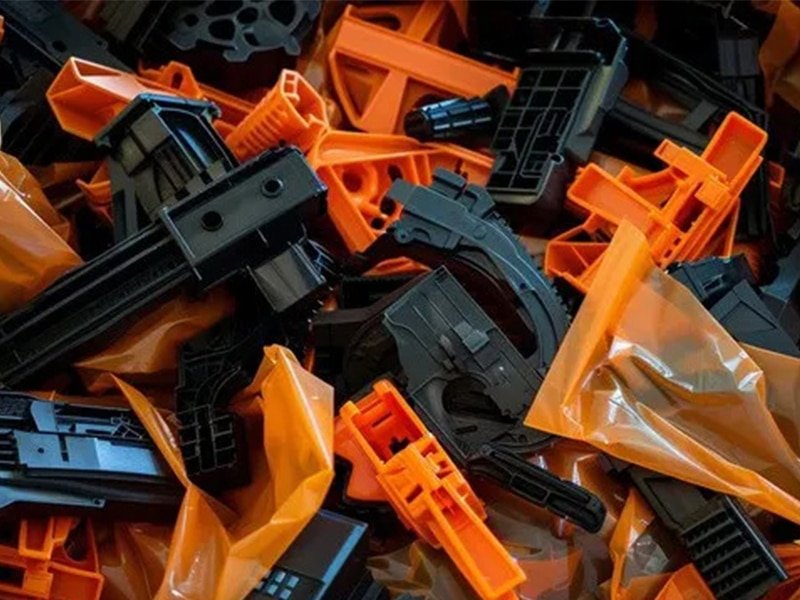
Disadvantages of Injection Molding
While plastic injection molding offers speed and consistency, it’s not without its drawbacks. The high upfront tooling cost, long lead times, and limited design flexibility can pose challenges, especially for low-volume or frequently changing projects. Understanding the disadvantages of injection molding is important when deciding if it’s the right process for your product. Below, we outline the key concerns manufacturers should consider before committing to this method.
High Initial Tooling Costs
One major injection molding disadvantage is the high initial tooling cost. Designing and fabricating molds can range from several thousand to tens of thousands of dollars, depending on part complexity and mold design. This upfront investment often makes injection molding less economical for low-volume or prototype projects, where the cost per part is relatively high.
Long Lead Time for Mold Development
The mold development lead time is another challenge in injection molding. Designing, manufacturing, and testing molds can take weeks or even months before production starts. Any changes to the mold require additional time and expense, which can impact project timelines and delay time-to-market.
Need for Specialized Equipment and Skilled Operators
Injection molding demands advanced machinery and skilled operators to maintain high precision and avoid defects. Precise control over parameters such as injection pressure, temperature, and cycle time is critical for quality. This reliance on specialized injection molding equipment and expertise increases operational costs, especially for manufacturers without in-house capabilities.
Not Suitable for Small Production Runs
Due to the high tooling and setup costs, injection molding is typically not cost-effective for small batch production. For orders under a few thousand parts, the unit cost remains high, so other manufacturing methods might be preferred for limited runs or custom parts.
Environmental Impact
The environmental footprint of injection molding is an important consideration. The energy-intensive mold fabrication and injection processes contribute to a higher carbon footprint compared to some alternative methods. Additionally, waste from defective parts and the limited use of biodegradable or recyclable plastics present ongoing sustainability challenges in the injection molding industry.
How to Determine Whether Injection Molding is Suitable for Your Project?
To decide if injection molding is the right choice, consider both injection molding advantages and disadvantages. Injection molding advantages include low unit costs for high-volume production, consistent part quality, and material versatility. If your product will be manufactured in large quantities and doesn’t require frequent design changes, the process is likely a good fit.
However, the disadvantages of injection molding—such as high initial tooling costs and long lead times—make it less ideal for low-volume or frequently revised designs. Ask yourself: Is the production volume high enough to offset tooling investment? Will the design remain stable? If the answer is yes, injection molding can be a cost-effective and efficient solution.
Final Thoughts: Balancing the Advantages and Disadvantages of Injection Moulding
Injection moulding is not a one-size-fits-all solution—but when applied to the right kind of project, its advantages far outweigh its drawbacks. If you’re aiming for consistent quality, cost efficiency at scale, and durable production tools, this method is likely a strong fit.
However, for small runs, evolving designs, or quick-turn prototyping, the disadvantages of injection moulding—like long lead times and tooling investment—can become deal-breakers.
Carefully assess your production goals, design stability, and budget constraints. The better aligned your needs are with what injection molding offers, the more likely you’ll see long-term success.
Ready to Start Your Injection Molding Project with Jiangzhi?
Custom injection molding service offers significant benefits for high-volume production, but missteps can delay timelines and inflate budgets. A knowledgeable cooperator can help. Jiangzhi, as a professional and experienced manufacturer in injection molding, guides you through every step of the process, from design optimization to production, ensuring your project runs smoothly. Contact Jiangzhi today to start your new project.

